1. Keeping Counters Covered in Stuff
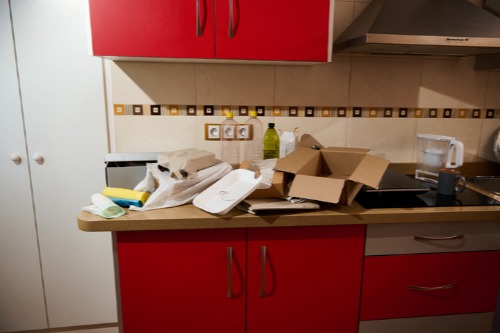
Even if your kitchen is spotless, crowded counters can instantly make it feel messy. Small appliances, mail piles, or decorative items can overwhelm the space and leave no room for function. This visual clutter tricks your brain into thinking the room isn’t clean, even if you just scrubbed it. Clear surfaces always read as fresher and calmer.
That doesn’t mean you need to hide everything, but less really is more here. Store appliances you don’t use daily and find a system for incoming paper. A single vase, fruit bowl, or cutting board can still bring character without taking over. Think of counters as prime real estate you want to keep as open as possible.
2. Ignoring Entryway Drop Zones

The front door area is the first thing you and your guests see, and clutter here sets the tone for the whole house. Shoes, bags, coats, and keys tend to pile up quickly if there’s no designated spot. Even if the rest of your home is immaculate, a messy entryway makes everything feel chaotic. It’s the classic “first impression” problem.
Creating a landing zone can completely change that perception. A small tray for keys, hooks for bags, and a shoe rack can keep everything contained. If space is tight, even a basket or slim shelf works wonders. Controlling this one spot makes the whole house feel instantly more organized.
3. Overstuffing Bookshelves
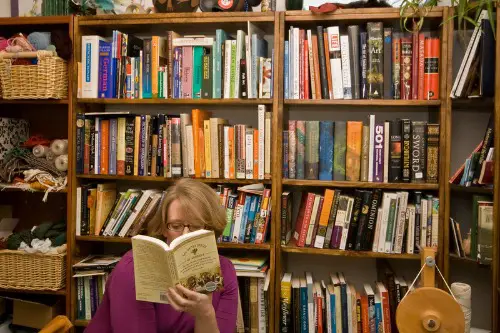
Bookshelves can be beautiful, but when they’re crammed to the brim, they start to feel overwhelming. Instead of drawing attention to the books, the clutter makes your eyes jump around. This can actually make a living room or office seem smaller and more chaotic. Negative space matters as much as what’s displayed.
Try leaving some room between items and mixing in decorative objects like plants or framed photos. This breaks up the monotony and adds breathing space. You don’t have to get rid of your books, but you can rotate them or store extras elsewhere. A curated look feels calmer and more intentional.
4. Holding Onto Too Many Decorative Pillows
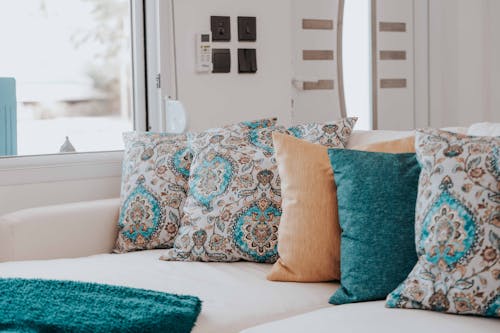
Throw pillows can add comfort and personality, but too many can look messy. If your couch or bed is covered to the point that sitting down feels like a chore, you’ve crossed into clutter territory. What’s meant to look cozy ends up looking chaotic instead. The excess distracts from the overall design of the room.
A few well-chosen pillows in complementary colors or textures can make a bigger impact. Stick to odd numbers like three or five for balance without overkill. If you love variety, rotate pillows seasonally instead of piling them all on at once. Your seating will feel inviting without being overcrowded.
5. Using Open Shelving Without Editing
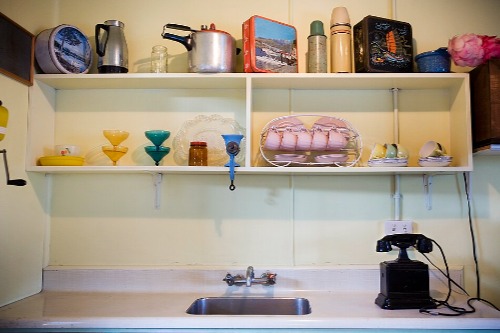
Open shelves are stylish, but they demand curation. When everything from dishes to knick-knacks ends up displayed, it can quickly look like storage overflow. Too much variety in colors, shapes, and sizes creates visual noise. Instead of chic, it reads as cluttered.
To make open shelving work, think like a stylist. Keep to a consistent color palette and mix in negative space. Store less attractive items in closed cabinets and let your shelves showcase the prettier pieces. Editing down makes the display look intentional and calm.
6. Leaving Cords and Wires Exposed
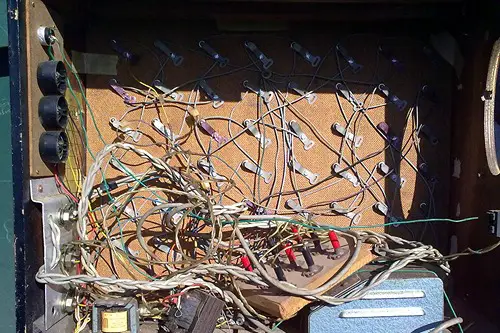
Tangled cords under a desk or behind a TV are one of those details that instantly add disorder. Even if everything else is spotless, a mess of cables makes the area look unfinished. Our brains naturally notice lines and tangles, so exposed wires pull focus. It’s a small issue with a big visual impact.
Cable organizers, cord covers, or even zip ties can tame the chaos. Many furniture pieces now include built-in cord management, which is worth using. If hiding them completely isn’t an option, at least bundle them neatly. Concealing cords helps any room feel more polished and serene.
7. Overusing Small Décor Items
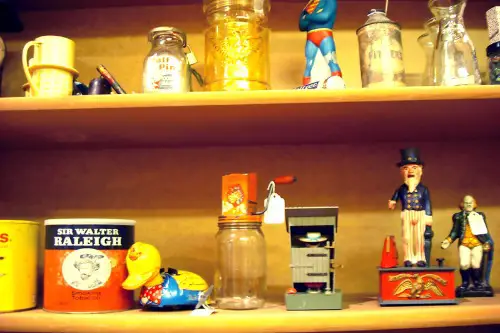
Tiny trinkets and accessories might feel like they add character, but too many can overwhelm. When surfaces are covered with little items, the eye doesn’t know where to land. This makes spaces feel busy rather than styled. It’s a classic case of “death by knick-knacks.”
A better approach is to group a few meaningful pieces together in vignettes. Larger-scale items often make a bigger statement with less clutter. Keep surfaces like coffee tables or dressers mostly clear to let the standout items shine. It creates a cleaner and more harmonious look.
8. Not Having a System for Paperwork

Mail, bills, and school papers are some of the fastest clutter culprits. Without a clear system, they end up in random stacks on counters, desks, or dining tables. Even a few stray piles make the whole house feel less organized. Paper clutter also creates stress because it often ties to unfinished tasks.
The key is giving incoming paper a home right away. A wall organizer, filing system, or even labeled folders can stop the spread. Shredding or recycling immediately also keeps piles from growing. Staying on top of it daily prevents that “paper explosion” look.
9. Keeping Every Free Sample or Travel-Size Item

Bathrooms often feel chaotic because of an overflow of tiny products. Free samples, hotel toiletries, and half-used bottles take up a surprising amount of space. They make cabinets and counters feel crammed and disorganized. Even if the surfaces are wiped clean, the clutter creates a sense of mess.
It helps to be realistic about what you’ll actually use. Donate unopened items and toss what’s expired. Choose a few favorites to keep accessible and store extras neatly in bins. Simplifying makes the space feel more like a spa and less like a storage closet.
10. Forgetting About Closet Floors
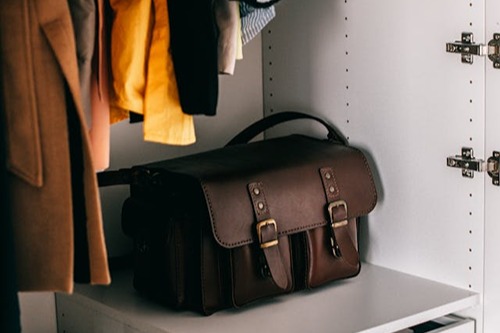
Closets can hide clutter, but when the floor is covered in bags, shoes, or laundry, it creates a chaotic vibe. This makes it harder to actually use the space, and it spills over into how the rest of the room feels. A packed closet floor often leads to items being left outside the closet. That, in turn, makes the whole area look messier.
Simple solutions like shoe racks, baskets, or extra shelving can lift items off the floor. Even just keeping that lower space clear creates the impression of order. It also makes it easier to vacuum or sweep, which contributes to overall cleanliness. A tidy closet makes the entire bedroom feel calmer.
11. Mixing Too Many Storage Containers
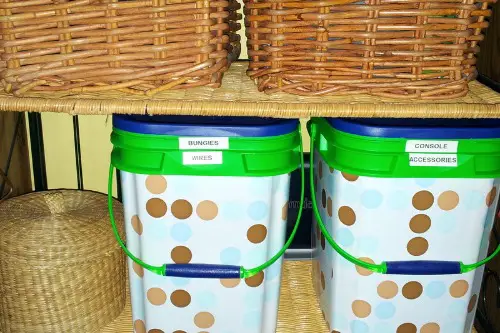
Baskets, bins, and boxes are great for hiding clutter, but mismatched ones can backfire. A jumble of colors, sizes, and materials creates visual clutter even if everything is technically contained. Instead of neat, it looks haphazard. Storage should simplify, not complicate.
Opting for a consistent style or color scheme makes a huge difference. Clear bins or matching baskets bring cohesion and calm. Labels also help so items don’t get lost in the shuffle. When storage looks uniform, the space instantly feels more organized.
12. Holding Onto Worn-Out Linens
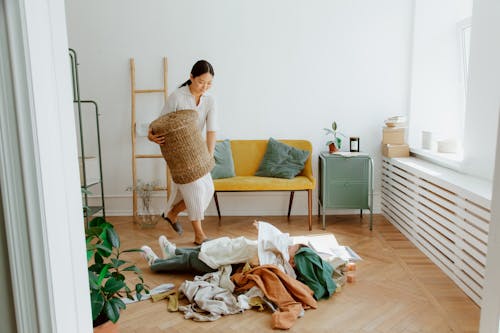
Extra towels and sheets are useful, but hanging on to frayed or faded ones adds clutter. Closets and cabinets fill up fast with “just in case” linens. The problem is, these extras rarely get used, and they make it harder to find the ones you actually want. That sense of overstuffing adds to the feeling of chaos.
Keeping only the sets you love and use regularly keeps things simple. Donate old but usable linens to shelters or animal rescues. For what’s left, fold neatly and stack by size or set. A pared-down collection makes linen storage look and feel fresher.
13. Leaving Kids’ or Pets’ Stuff Everywhere

Toys, games, and pet supplies can multiply quickly if they don’t have a home. Even a clean living room feels cluttered if balls, blocks, or leashes are scattered around. These items also tend to migrate to every corner of the house. It’s a normal part of life, but without boundaries, the mess becomes overwhelming.
The solution isn’t to hide everything but to corral it. Baskets, bins, or even a dedicated drawer keep things contained and easy to grab. Rotating toys also helps minimize the amount out at once. Having a system makes family life feel less chaotic and more intentional.
14. Avoiding Regular Decluttering
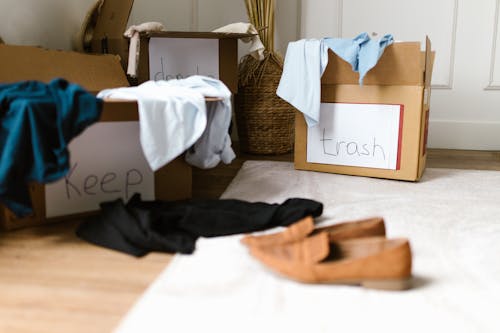
Even the cleanest home will feel overwhelming if stuff simply accumulates over time. A drawer here, a shelf there—suddenly, everything feels too full. When every space is packed, it’s harder to appreciate cleanliness. Decluttering isn’t a one-time project but an ongoing habit.
Regularly editing what you own prevents that chaotic buildup. A quick monthly sweep of closets, cabinets, or drawers makes a huge difference. Getting rid of things you no longer use frees up space and energy. The less you have to manage, the more serene your home feels.
This post 14 Clutter Mistakes That Make Even a Clean House Feel Chaotic was first published on Greenhouse Black.
